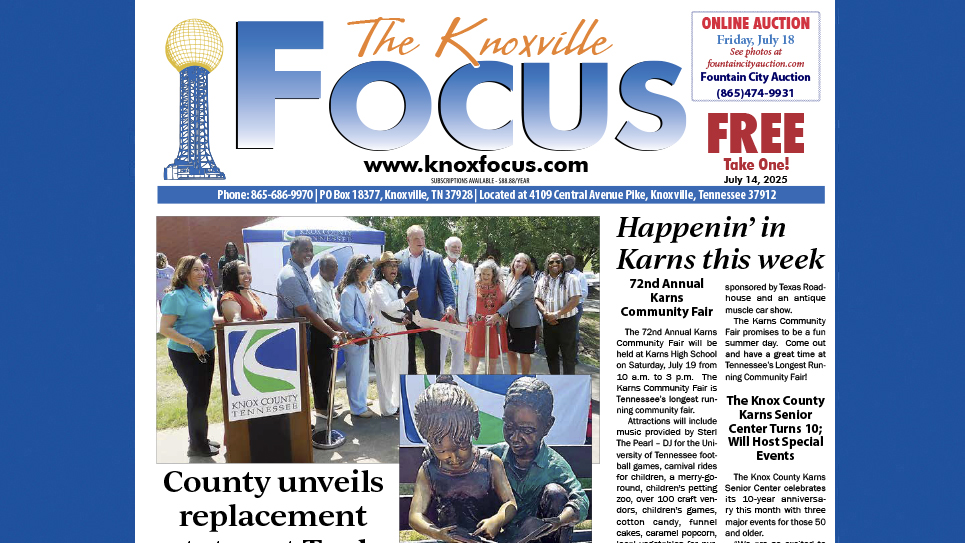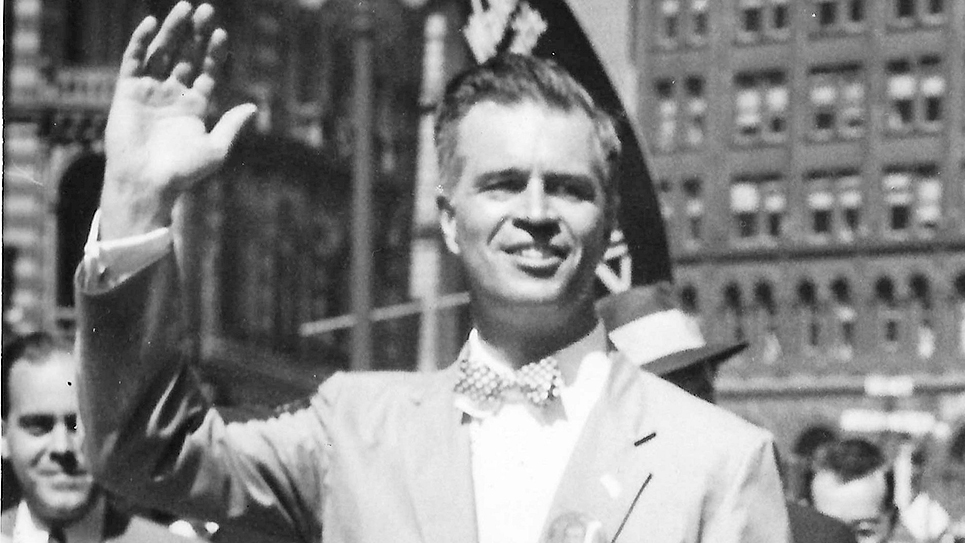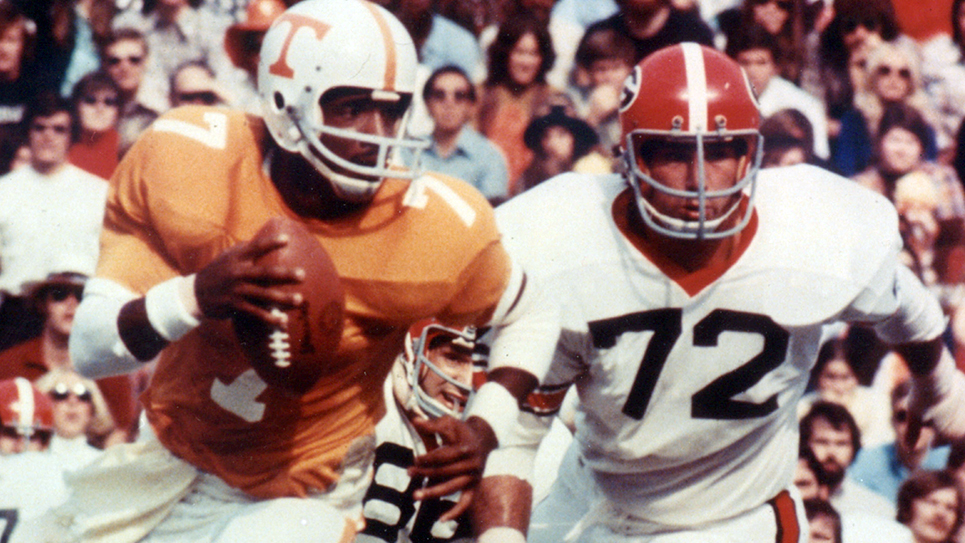By Mike Steely
I was over at Lakeshore Park recently taking photos for a feature story and decided to go across Lyons View Pike and visit the East Tennessee Veterans Cemetery. It was all decorated with Christmas wreaths and it looked beautiful.
I’ve been impressed with that Veterans Cemetery and the other cemetery on Governor John Sevier Highway, knowing that one day I might be spending eternity there. I am also impressed that the cemeteries display plaques and flags of all the military branches, including the U. S. Coast Guard. I am one of a few East Tennesseans to have served in that military organization, the oldest sea-going service in the nation.
Just behind the Veterans Cemetery, almost lost between the chapel and the subdivision houses, is an open field with some older graves. I walked back there and realized I was in the cemetery of the old Lakeshore Hospital. Interred there are more than 4,000 former patients who died while confined there.
I hadn’t realized that those sad and troubled people, those not claimed upon their death by their families, were buried there. Back then you could be admitted to the “insane” hospital for a number of mental disorders that would probably not require hospitalization today. Dementia was one of reasons for admission, as were other disorders that are treated today.
As I began to research it I found that, in the 1960s, many of the patients who died at the mental hospital were sent to teaching hospital to be used in training for physicians at the Memphis State Medical Facility. Most of the graves there dated before that era.
The cemetery began in the 1880s and most of the records are lost. I’ve gone online and found a couple hundred known burials there. There are a few stones placed by family members and some of the graves are simply numbers on a stone marker. Most of the graves are not marked at all.
While records were kept of the burials, most of the papers documenting the patients have been destroyed over the years.
People buried there were the unknown, the little known, and even the members of prominent Tennessee families. Some of the patients spent most of their lives at the hospital and some were there only a few months before their passing.
John Copeland’s gravestone says he was from Livingston, Tenn., born in 1837 and died at the hospital in 1918. The inscription says he was “Carried to hospital 1886.”
Sallie Hamilton, of Bledsoe County, is buried there. Although I couldn’t find a marker, her obituary in 1900 tells an odd story. She arrived at the hospital as a patient already ill at the age of 20 and “declined gradually” until she contracted typhoid fever and died. Ms. Hamilton’s obituary says she was “a member of one of Bledsoe County’s best family” and became “demented about religion.”
Undoubtedly the presence of the hospital’s graveyard was one of the reasons the state chose the knoll for a veteran cemetery. It is fitting that we honor those who served in our nation’s defense and it is also fitting that we recognize those former hospital patients who endured mental health treatment long before our modern health care knowledge.
It is a sad cemetery, but well worth visiting.






